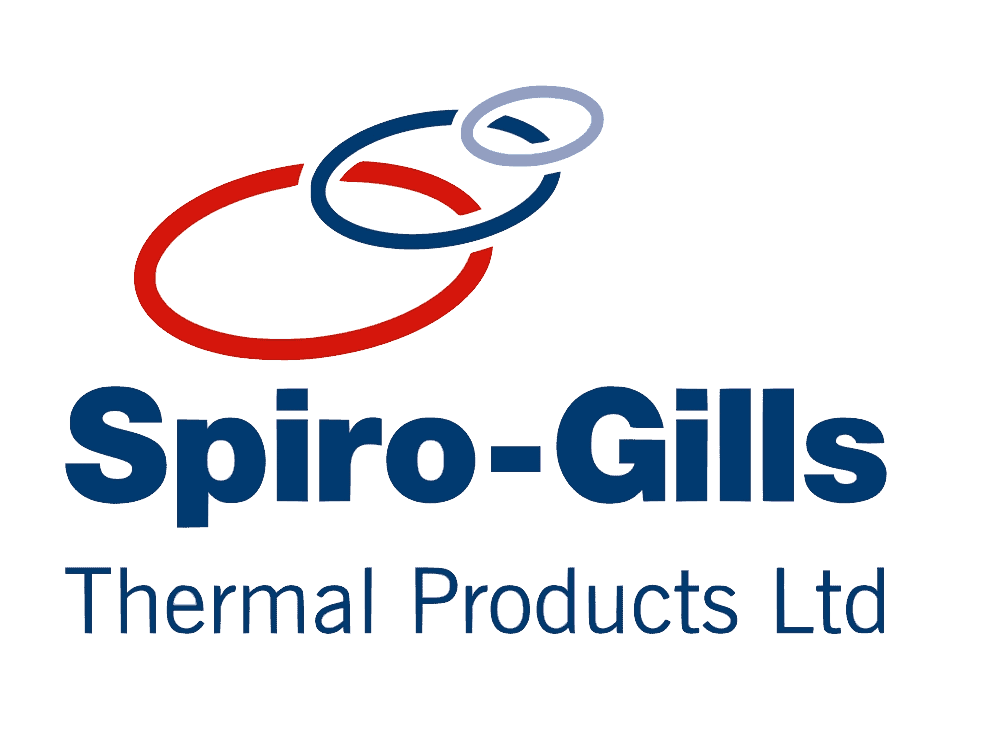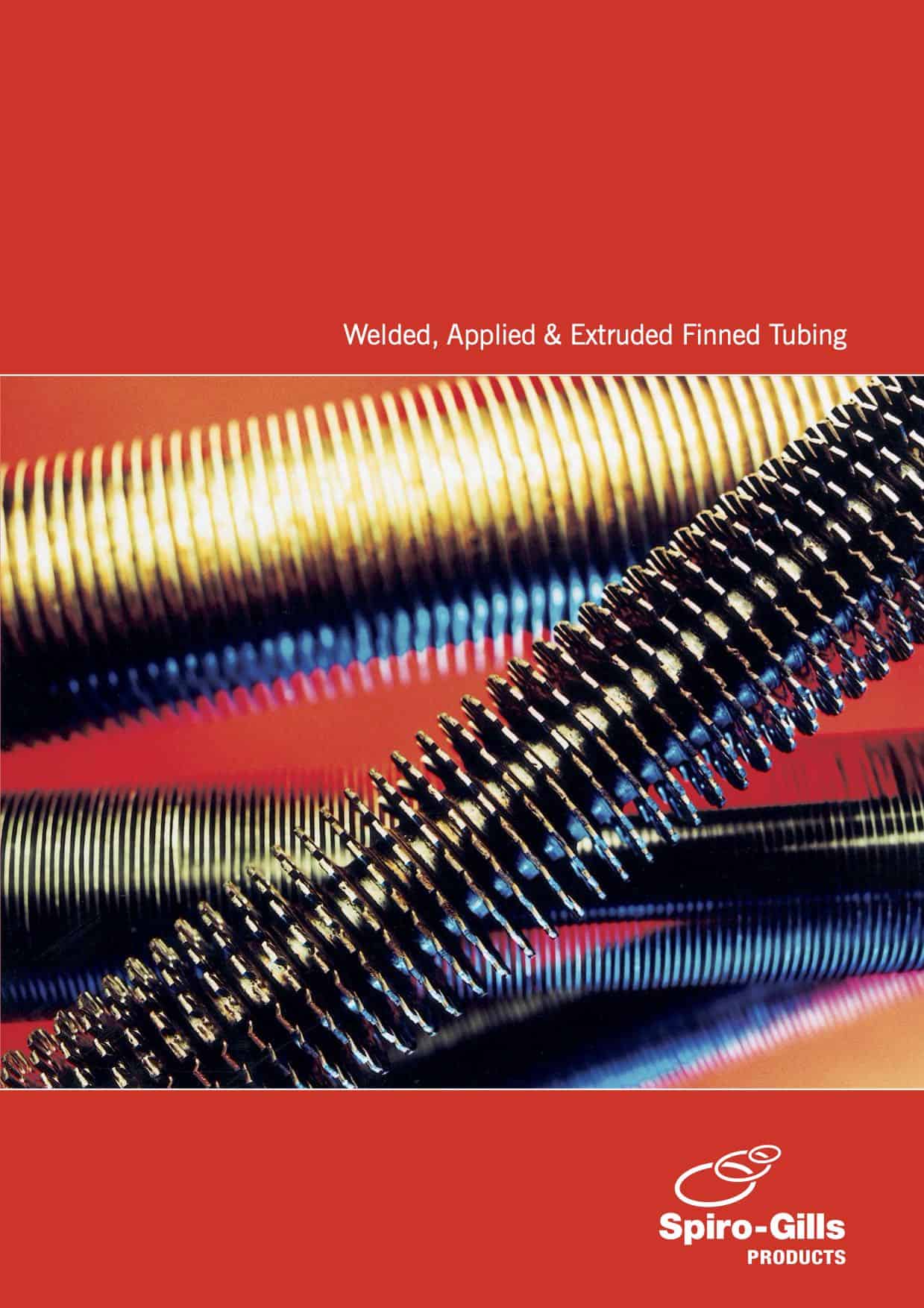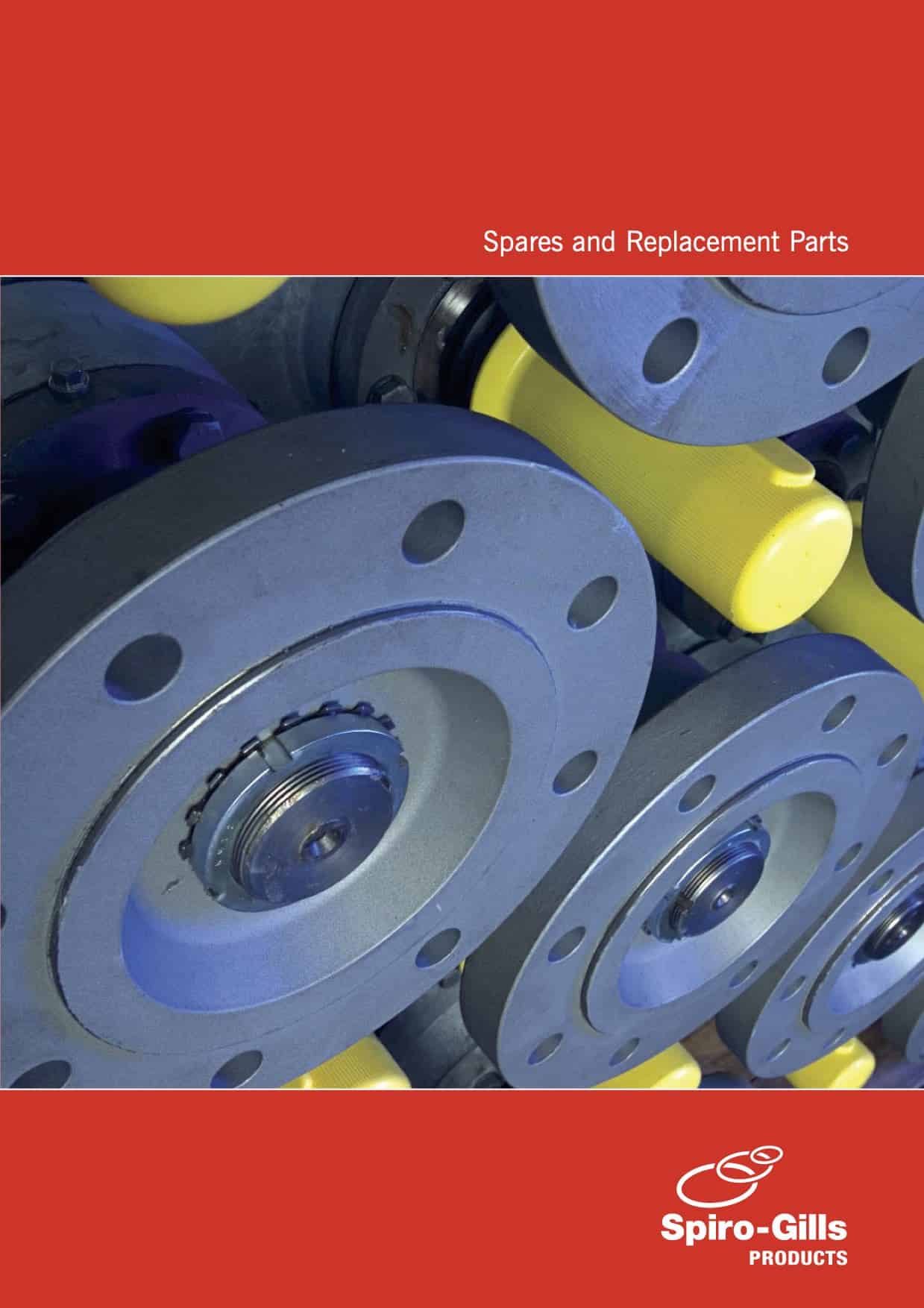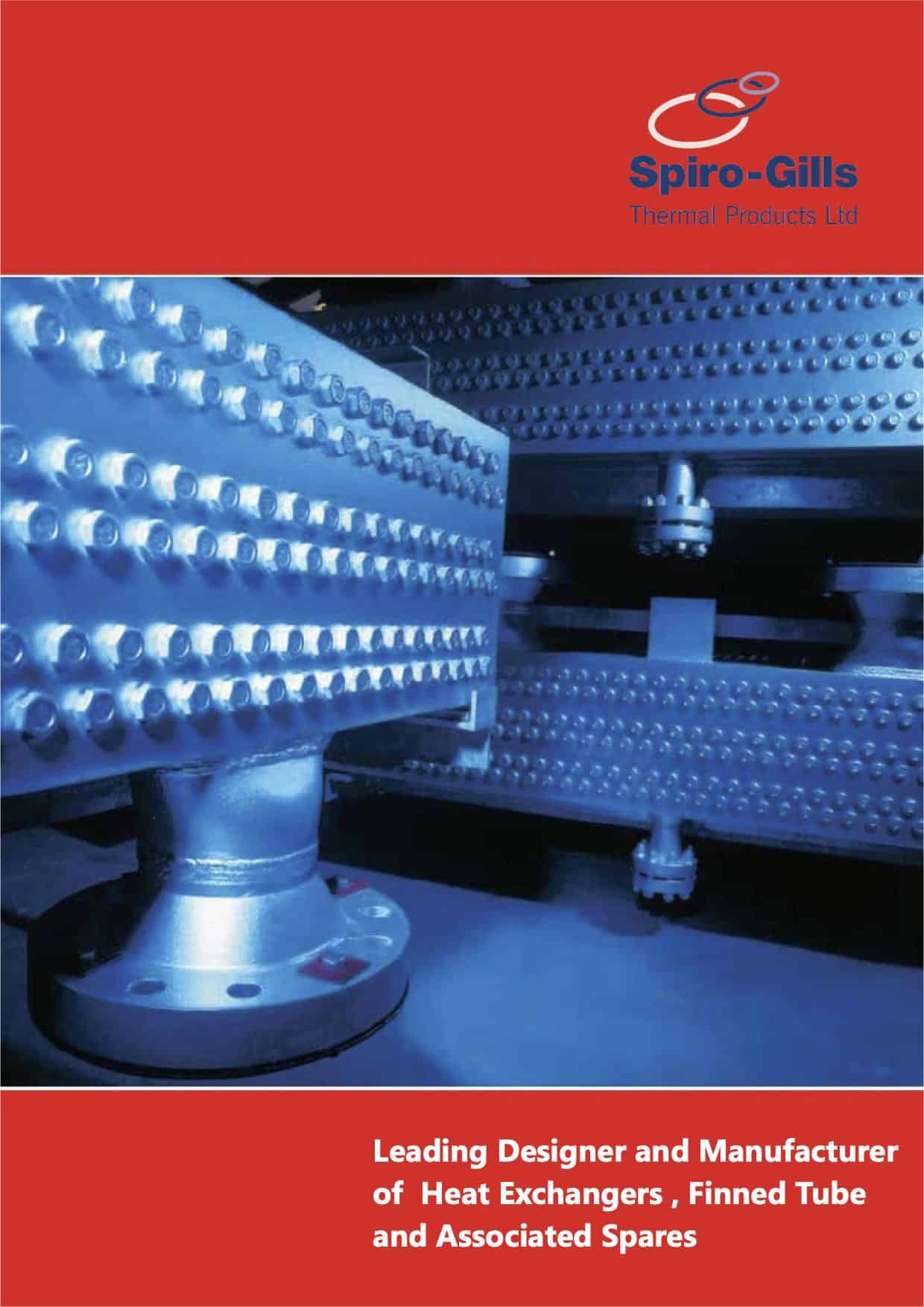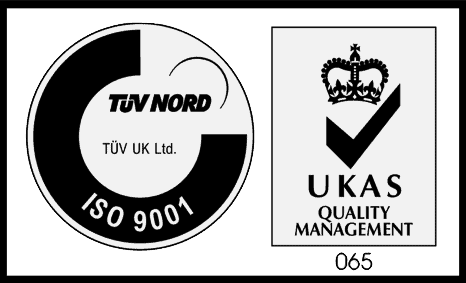FORCED DRAFT HEAT EXCHANGERS
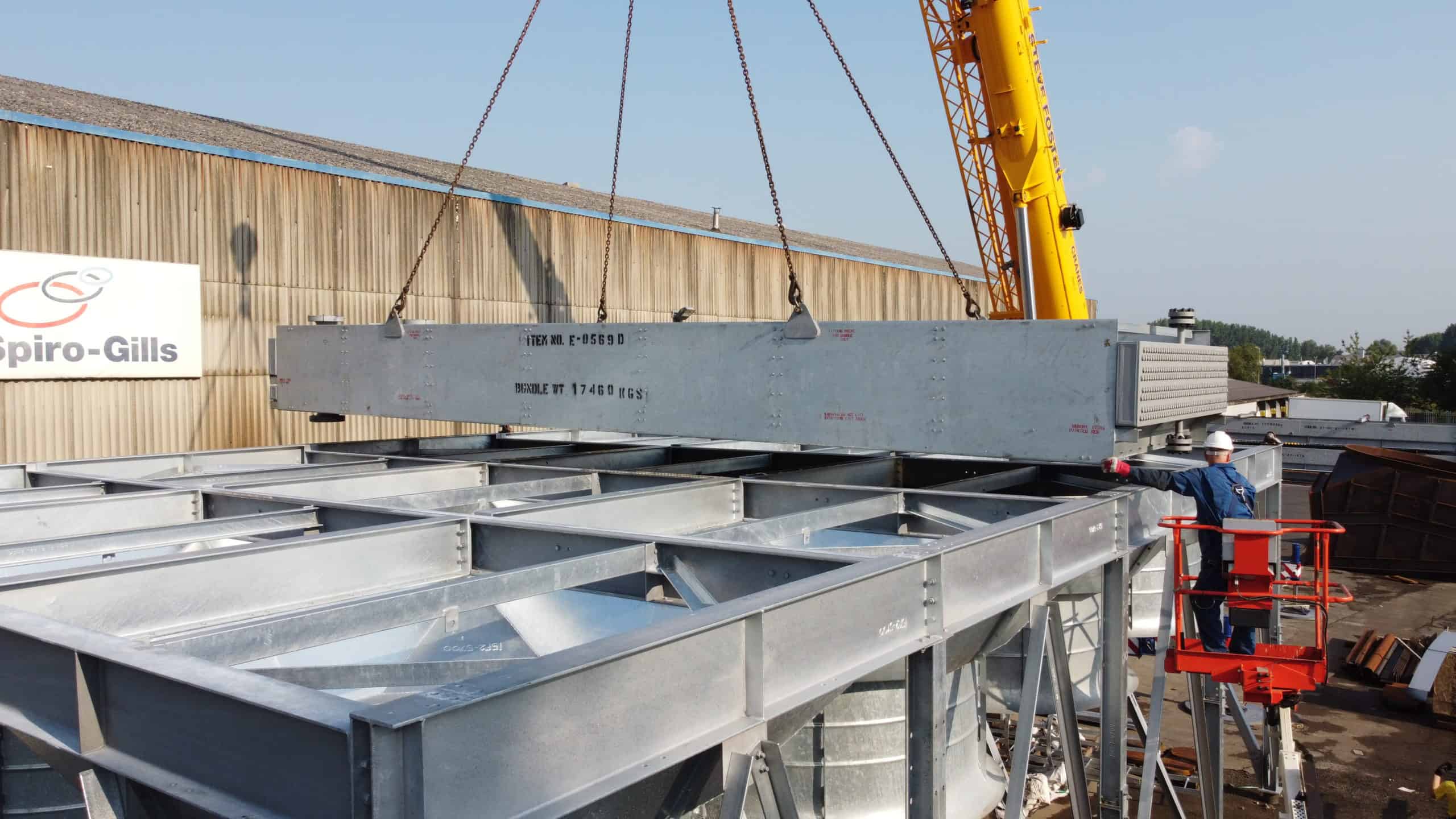
FORCED
DRAFT DESIGN
Spiro Gills have a long history of supplying fin fan design heat exchangers globally. We use HTRI and modern CNC machines to manufacture our coolers to the highest standard. Some of the main benefits of this design heat exchanger are as follows;
Increased Operating Efficiency
Lower Capital Cost
Reduced Maintenance
Wide Range of Applications
No Cooling Fluid Requirements
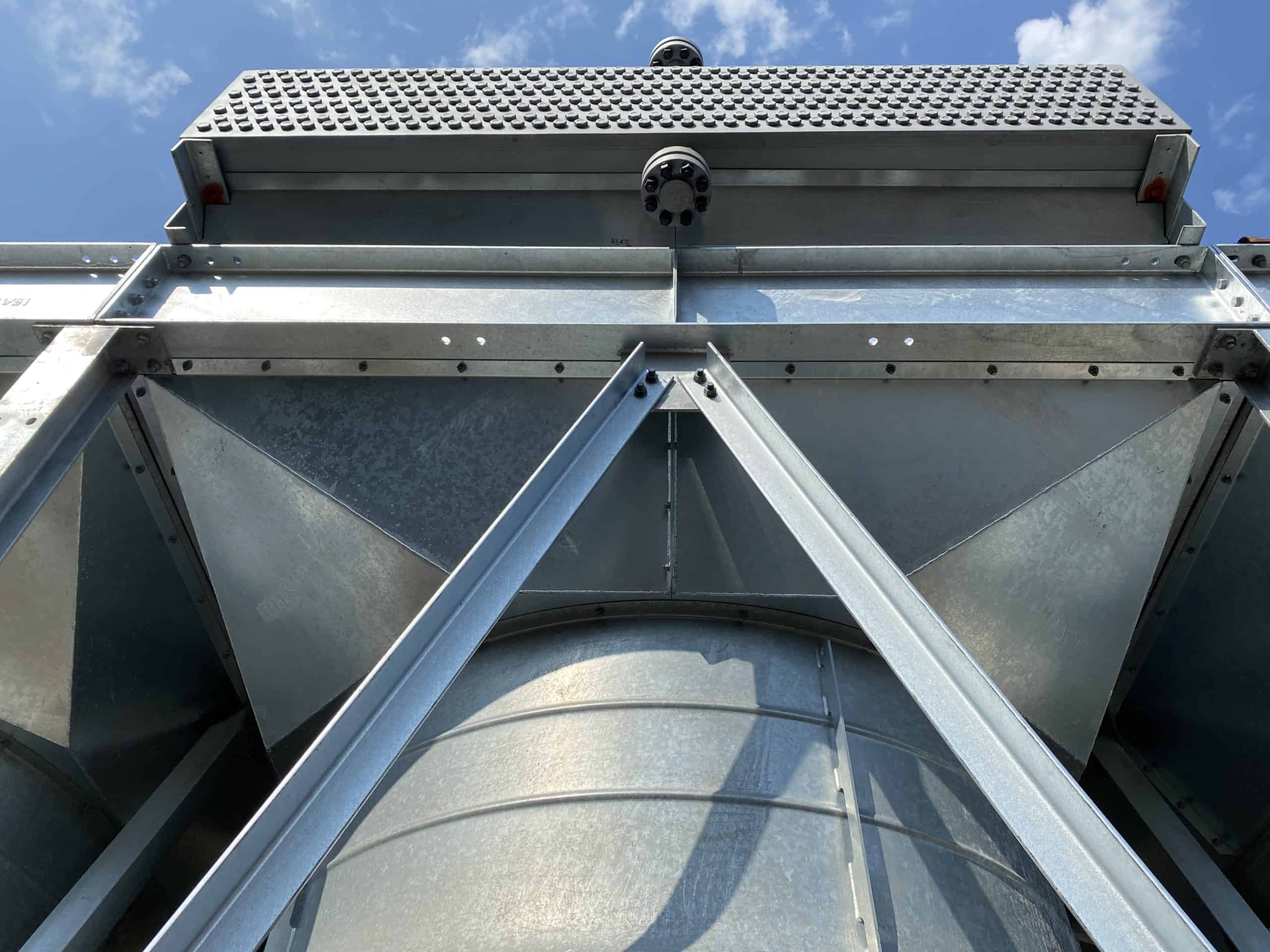
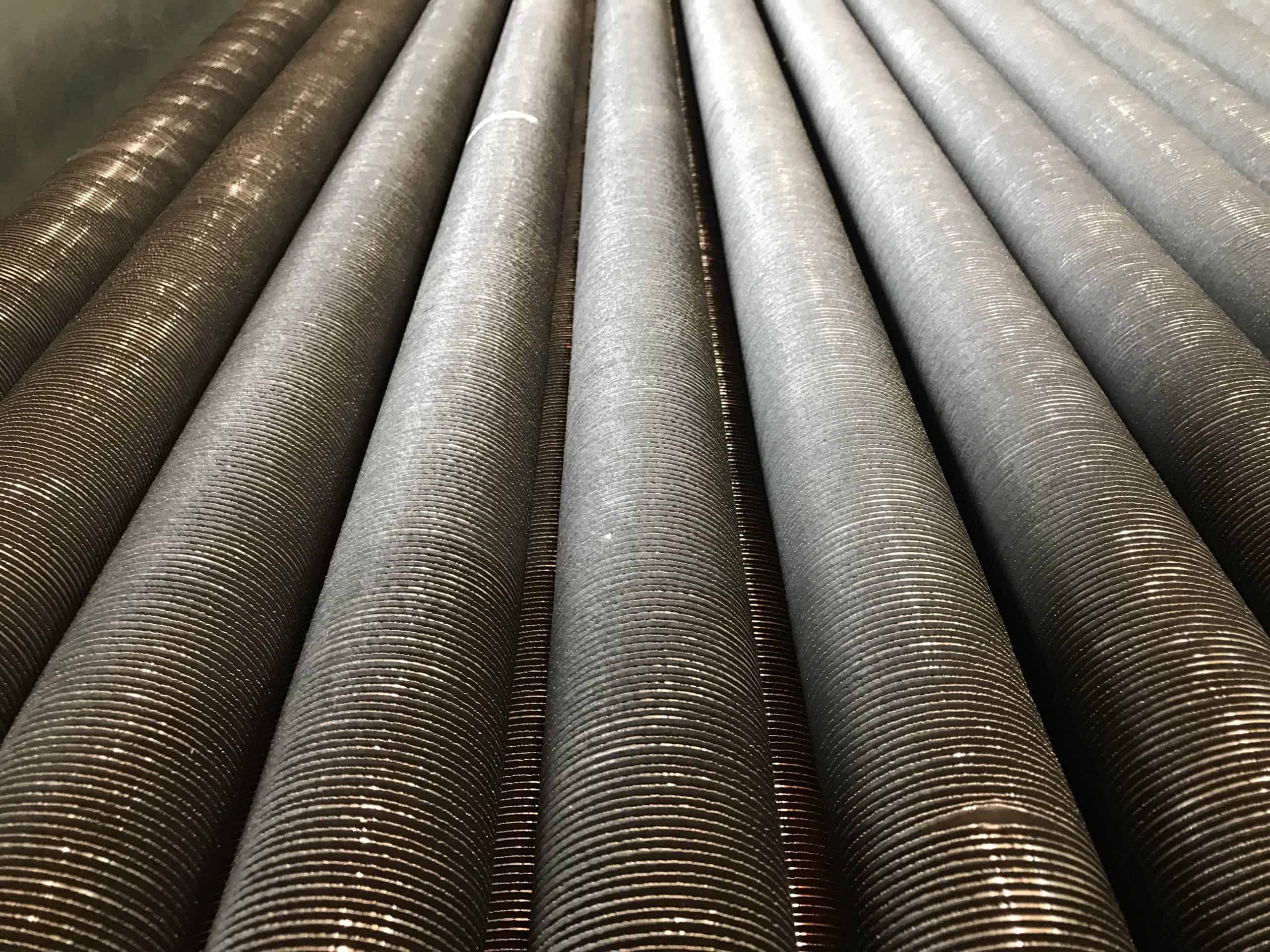
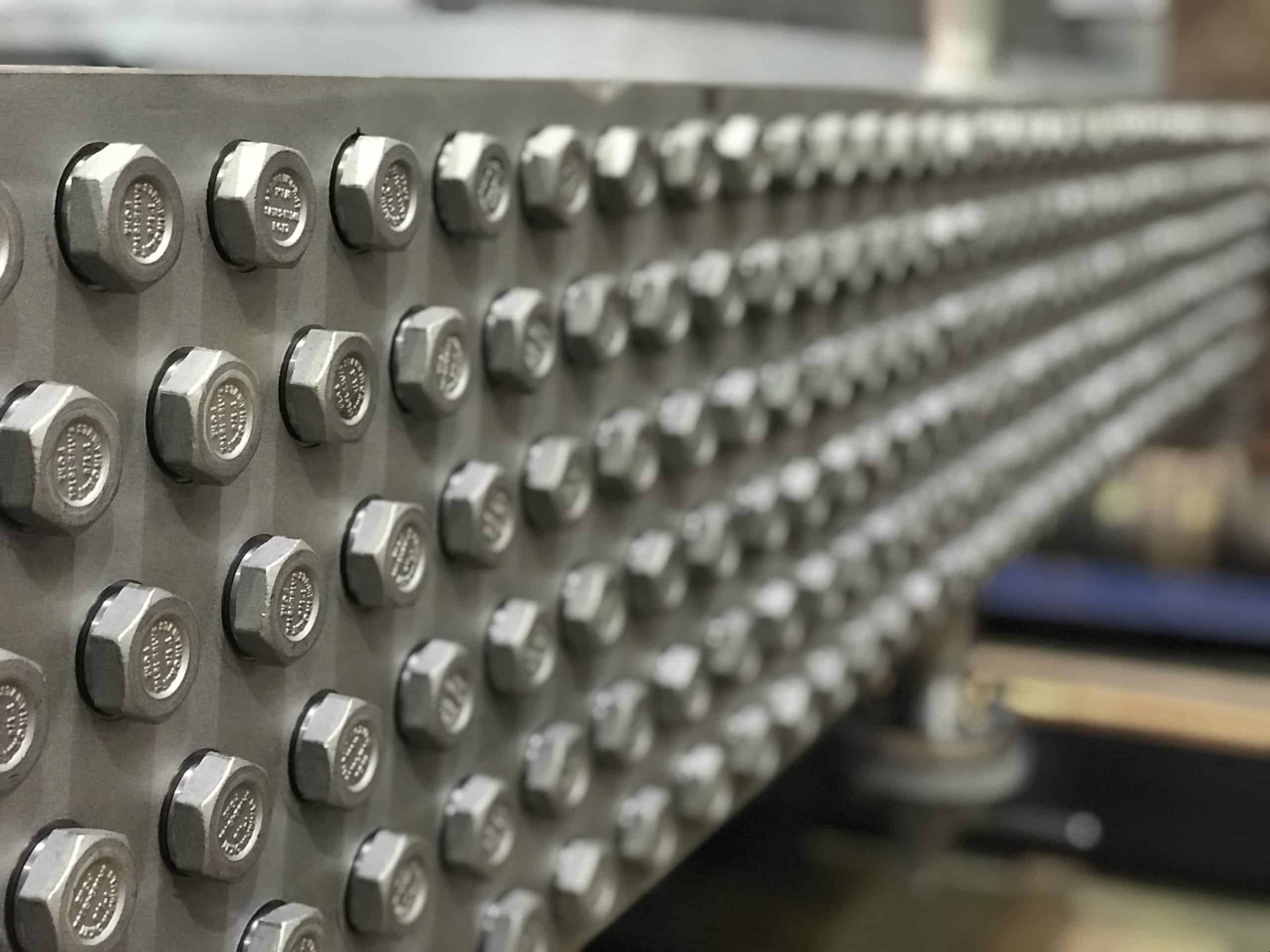
Forced draft heat exchangers push air through the fins of a tube bundle. The tubes are staggered in an array that forces air to travel around each tube and through the finning material. In most cases the finned tube is made of steel or stainless steel while the fins are applied in aluminium or copper.
There are a wide range of variables to take into account when designing a forced draft heat exchanger. The most critical aspect of any heat exchanger design are fluid or gas properties then input temperature, ambient temperature and the desired output temperature.
Unlike chillers or refrigerators that use the expansion of compressed gases to in effect "pull" or attract heat from a gas or fluid, forced draft fin fan coolers can only achieve a cooling effect to or near the ambient temperature of the units environment. An advantage of this being there are not compressed gases or complex pressure systems other than cooling pressure vessel itself making air cooled heat exchangers simple and robust methods of cooling.
Also known as fin fan coolers, air cooled heat exchangers require no fluid to cool and are ideal for dry or desolate environments but do require lots of space. Another advantage being their shape, square. Most pressure chambers are built as cylinders do to a circles ability to distribute pressure evenly over its entire surface. Square pressure vessels are more difficult to design and manufacture due to this inherent inability to distribute pressure evenly and create critical points of strain. When designing a new process line, factory or train rectangular blocks of coolers are easier to place and do not waste space around their sides. Based on their fin material and environment, air blast coolers can be mounted on top of structures allowing exhaust air clear access upwards.
There are a wide range of variables to take into account when designing a forced draft heat exchanger. The most critical aspect of any heat exchanger design are fluid or gas properties then input temperature, ambient temperature and the desired output temperature.
Unlike chillers or refrigerators that use the expansion of compressed gases to in effect "pull" or attract heat from a gas or fluid, forced draft fin fan coolers can only achieve a cooling effect to or near the ambient temperature of the units environment. An advantage of this being there are not compressed gases or complex pressure systems other than cooling pressure vessel itself making air cooled heat exchangers simple and robust methods of cooling.
Also known as fin fan coolers, air cooled heat exchangers require no fluid to cool and are ideal for dry or desolate environments but do require lots of space. Another advantage being their shape, square. Most pressure chambers are built as cylinders do to a circles ability to distribute pressure evenly over its entire surface. Square pressure vessels are more difficult to design and manufacture due to this inherent inability to distribute pressure evenly and create critical points of strain. When designing a new process line, factory or train rectangular blocks of coolers are easier to place and do not waste space around their sides. Based on their fin material and environment, air blast coolers can be mounted on top of structures allowing exhaust air clear access upwards.
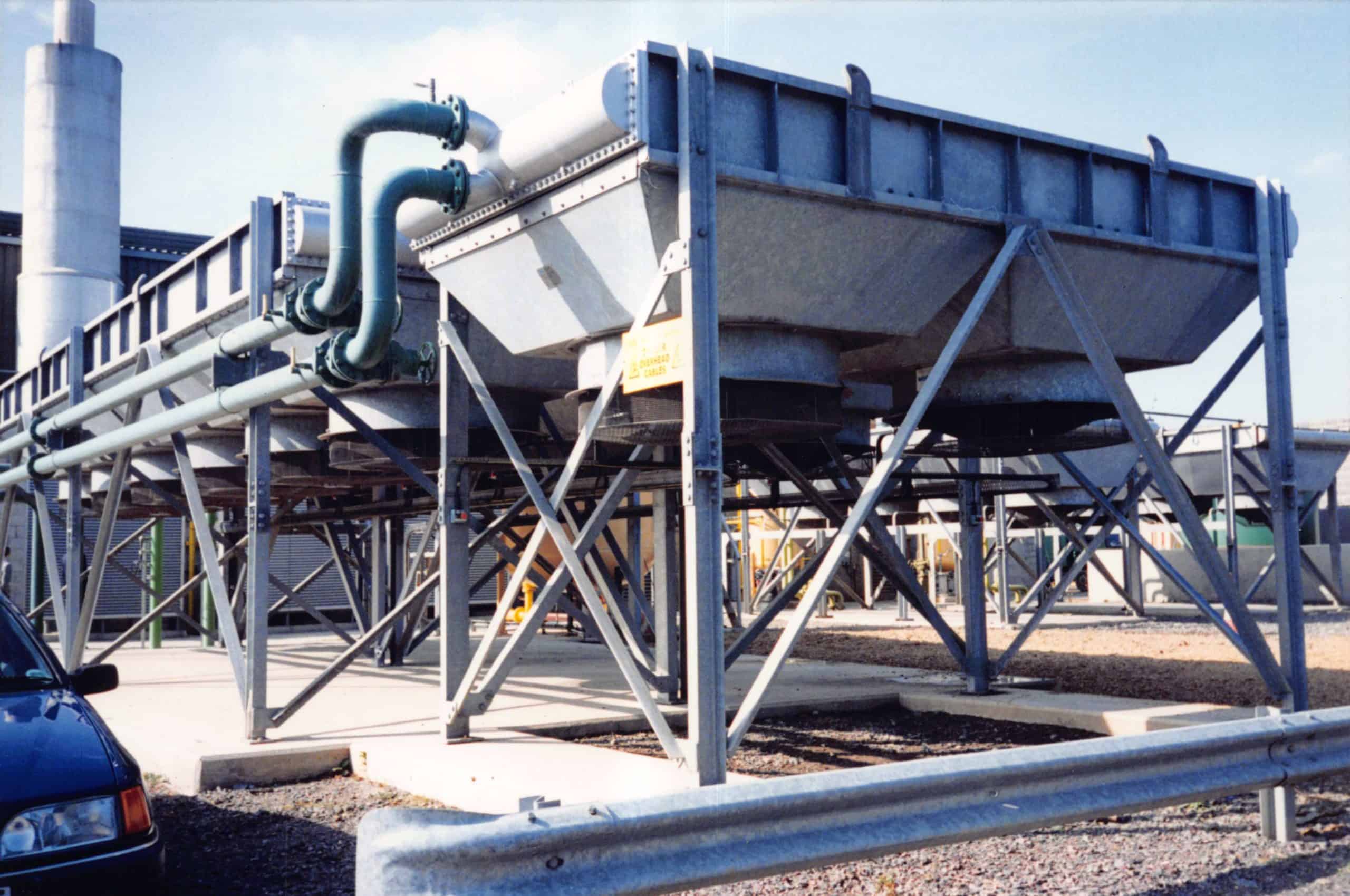
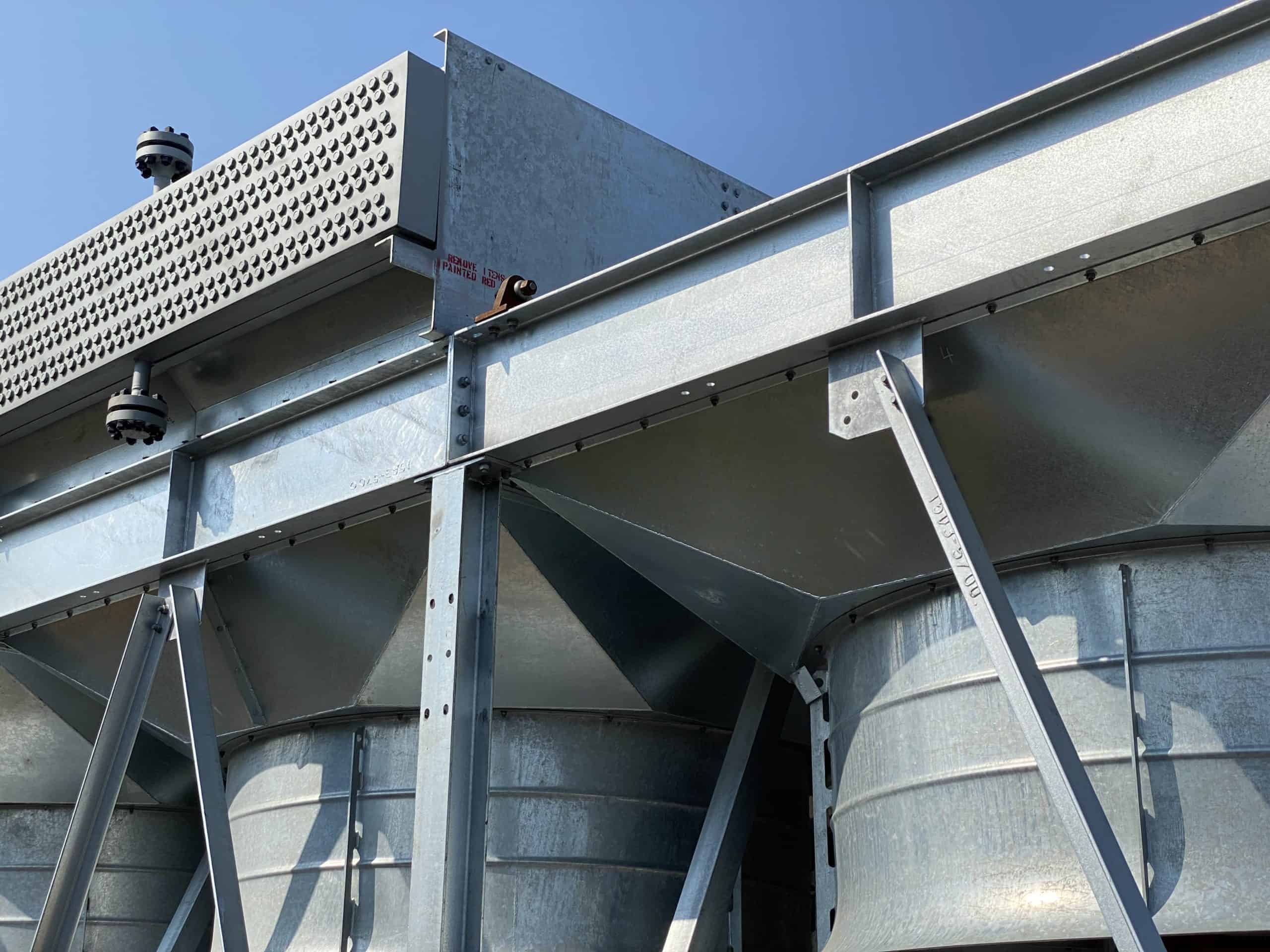
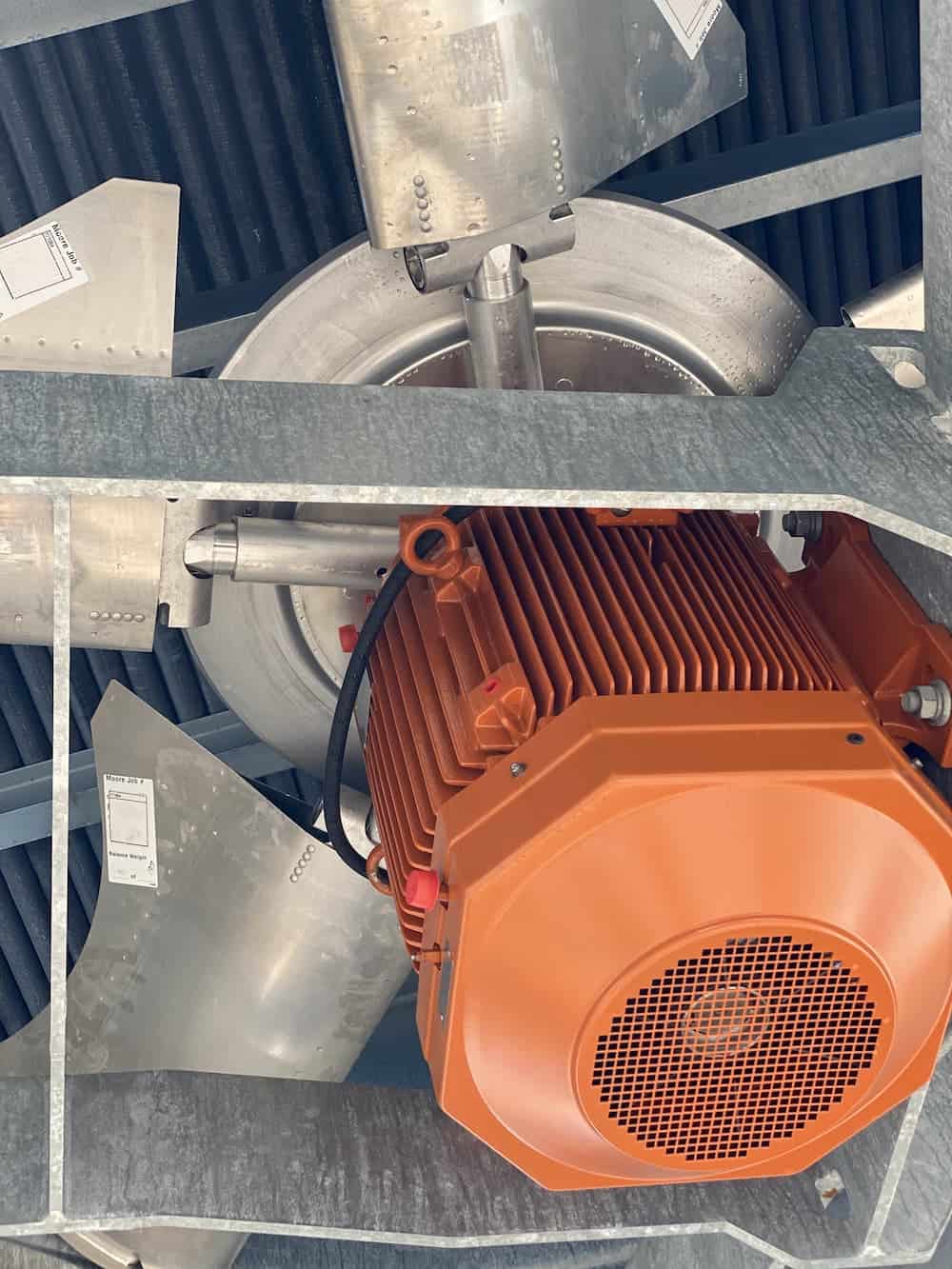
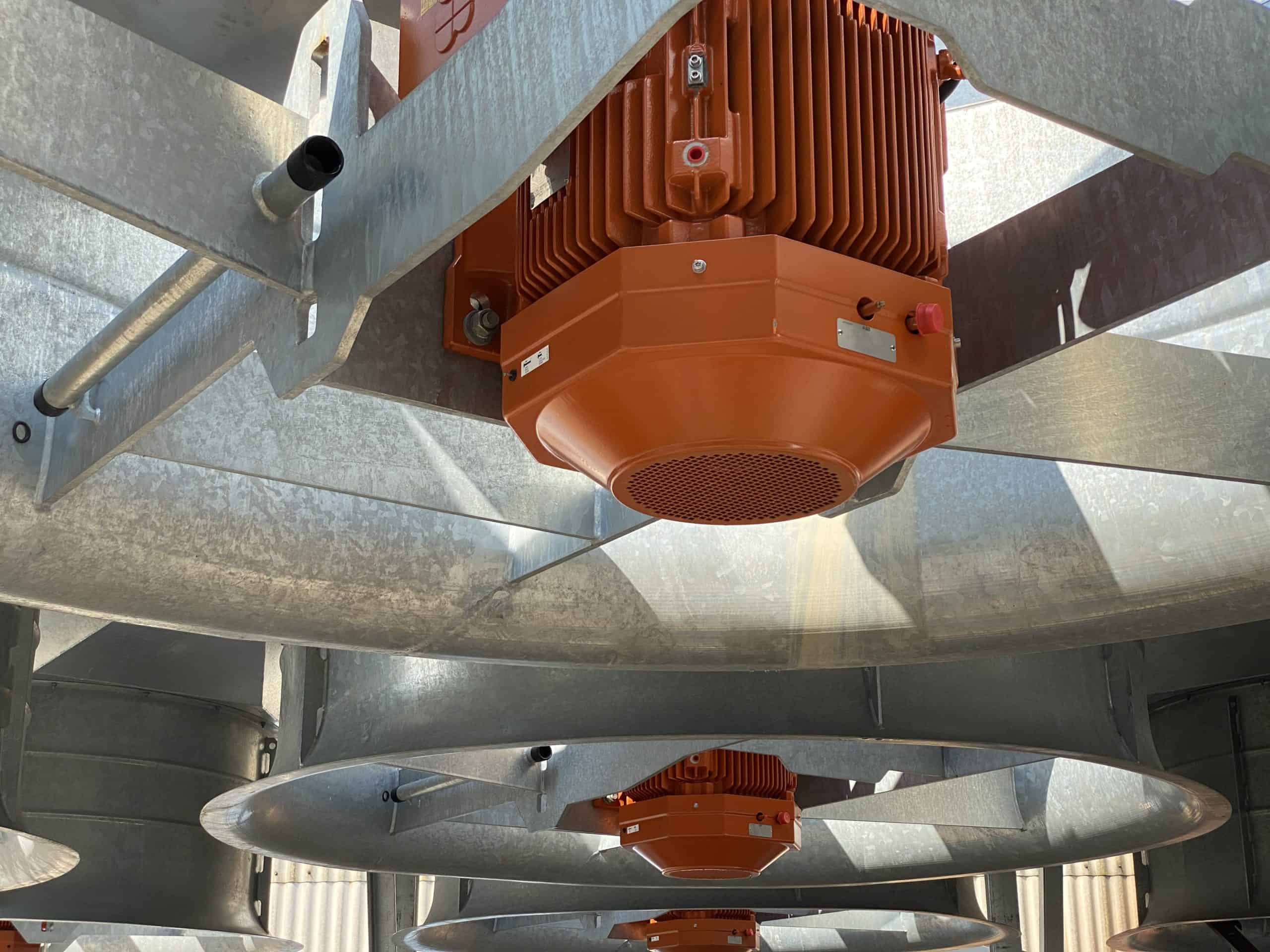
Spiro Gills has been manufacturing air cooled heat exchangers for over 70 years. Many things have changed over the past seven decades. Computer Aided Design (CAD) and Thermal Design Software has vastly improved the operating efficiency of Spiro Gills products. Our team of thermal design engineers have experience working with a multitude of fluids on critical applications in energy extraction, process cooling and power generation. We have even decided to engage our skills in our own factory. Our three High Frequency Thermatool fin welding lines require a continuous welding arc to effectively adhere fin material to its base tube. This process requires a constant flow of cooling water. Some of this cooling water is instantly evaporated while the rest goes through a process of cooling before returning back to the welding head for reuse. We have a small scale forced air heat exchanger to return this process water back to a useable temperature. The cost of the heat exchanger has reduced our water usage and disposal costs while also mitigating much of the risk from Legionnaires Disease arising from stagnant water.
There are two main designs of air cooled heat exchanger. Forced draft and induced draft styles. Forced draft heat exchangers are usually less expensive to manufacture to achieve the same amount of cooling power. This is due mainly to the fact that induced draft coolers require more structural support and components per kilowatt of cooling power.
Forced draft air cooled heat exchangers are not only cheaper to manufacture but also in many cases cost less to maintain. Namely because the drive gear, belts and fans themselves are not exposed to heated exhaust air. This in turn results in a longer mechanical life.
This design of heat exchangers are in many cases easier to maintain and repair due to ease of access to motors, drive gear and fans when compared with an induced draft cooler in the same location.
The primary advantage of a forced draft unit is cooling efficiency. The fan has the ability to draw cool air from below the unit and bend the air through the fins and over the tubes in the bundles. A disadvantage is the potential to not cover the entirety of the tube bundle with cool air. The fans will have a greater cooling effect on the tubing directly above the fans blades. Increasing the number of fans or the dimensions of the fan blades can mitigate this effect.
There are two main designs of air cooled heat exchanger. Forced draft and induced draft styles. Forced draft heat exchangers are usually less expensive to manufacture to achieve the same amount of cooling power. This is due mainly to the fact that induced draft coolers require more structural support and components per kilowatt of cooling power.
Forced draft air cooled heat exchangers are not only cheaper to manufacture but also in many cases cost less to maintain. Namely because the drive gear, belts and fans themselves are not exposed to heated exhaust air. This in turn results in a longer mechanical life.
This design of heat exchangers are in many cases easier to maintain and repair due to ease of access to motors, drive gear and fans when compared with an induced draft cooler in the same location.
The primary advantage of a forced draft unit is cooling efficiency. The fan has the ability to draw cool air from below the unit and bend the air through the fins and over the tubes in the bundles. A disadvantage is the potential to not cover the entirety of the tube bundle with cool air. The fans will have a greater cooling effect on the tubing directly above the fans blades. Increasing the number of fans or the dimensions of the fan blades can mitigate this effect.
Based on the environment of the tube bundle, fins have the potential to be damaged or see the effects corrosion. The open top of a forced draft cooler is exposed to the elements. Regular inspection and maintenance is key to long life and efficiency. Spiro Gills regularly quote and manufacture for our past builds after thirty plus years of service. Many of our large multinational clients recognise the durability and longevity of our heat exchangers and become repeat customers.
Once you have determined the input, outlet and maximum ambient temperature for your application it is critical to allocate a space in your process or site for your cooler. We have experience working with unusual mounting spaces and locations. Based on the fluid or gas that needs to be cooled, the cooling energy required and the space available we can create a quote to meet your needs.
Our air cooled heat exchanger business is vertically integrated. We quote and design completely in house using HTRI and modern CAD tools. We fin our tube from raw materials for use in our tube bundles. We source, test and prepare all materials for headers and the units structure in house. Spiro Gills has recently invested in two large CNC machines to manufacture increase workshop efficiency. We can manufacture to all products ASME in steel and stainless steel. We have the ability to manufacture finned tube from stainless steel and fin in aluminium, copper or other alloys on request.
Spiro Gills are pleased to provide you with the following services;
Once you have determined the input, outlet and maximum ambient temperature for your application it is critical to allocate a space in your process or site for your cooler. We have experience working with unusual mounting spaces and locations. Based on the fluid or gas that needs to be cooled, the cooling energy required and the space available we can create a quote to meet your needs.
Our air cooled heat exchanger business is vertically integrated. We quote and design completely in house using HTRI and modern CAD tools. We fin our tube from raw materials for use in our tube bundles. We source, test and prepare all materials for headers and the units structure in house. Spiro Gills has recently invested in two large CNC machines to manufacture increase workshop efficiency. We can manufacture to all products ASME in steel and stainless steel. We have the ability to manufacture finned tube from stainless steel and fin in aluminium, copper or other alloys on request.
Spiro Gills are pleased to provide you with the following services;
- Thermal design
- Mechanical design of headers and steel structure
- Noise level predictions
- Preparation of the specification sheet
- Preparation of the general outline drawings
- Preparation of proposals
- Price estimation
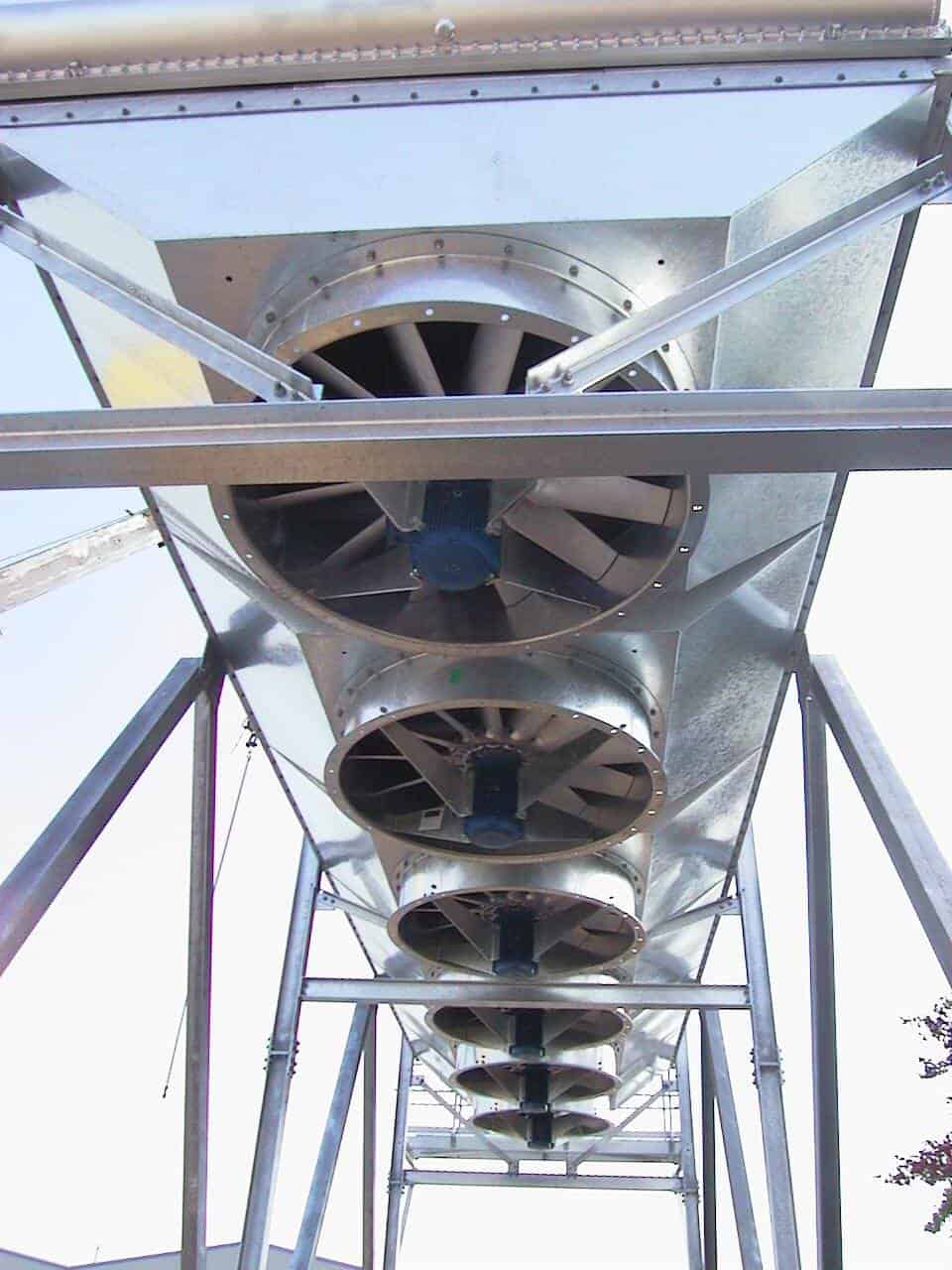
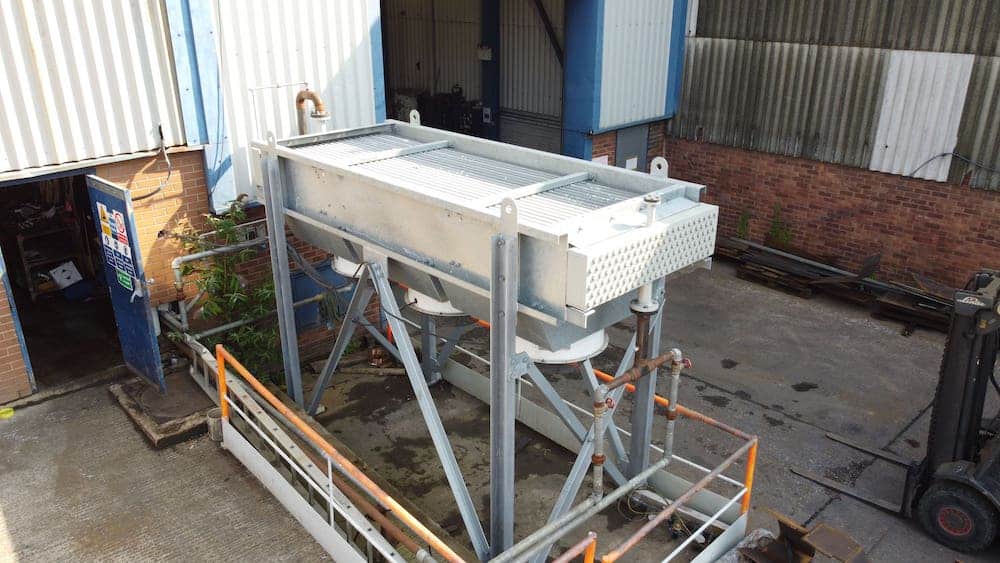
Thermatool Process Water Cooler at Spiro Gills Factory
CONTACT FORM
If you would like more information on any of the services we offer or have any queries then please do not hesitate to contact us.
CONTACT INFO
Stafford
Spiro-Gills Thermal Products Ltd
St Albans Road
Stafford
ST16 3DR
England
St Albans Road
Stafford
ST16 3DR
England
